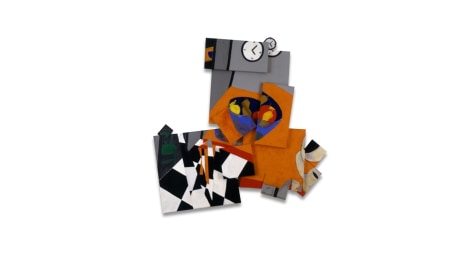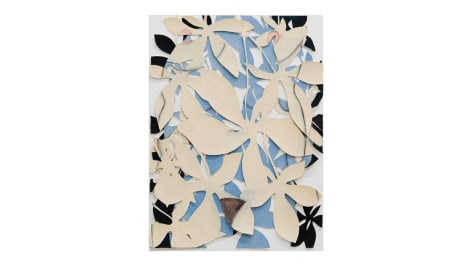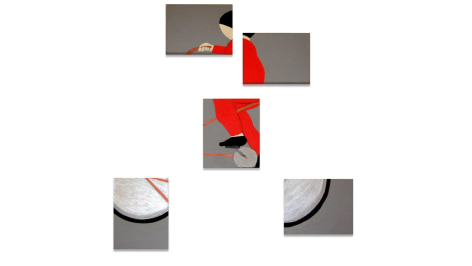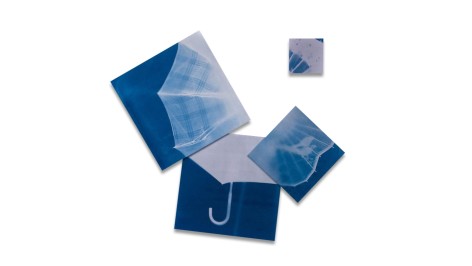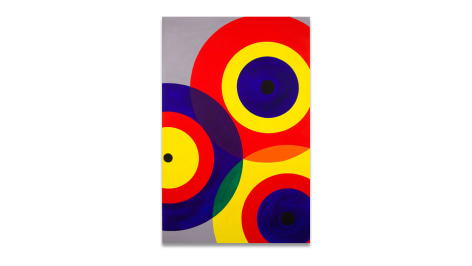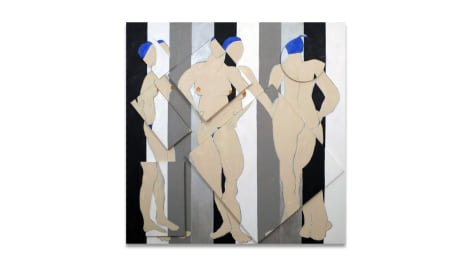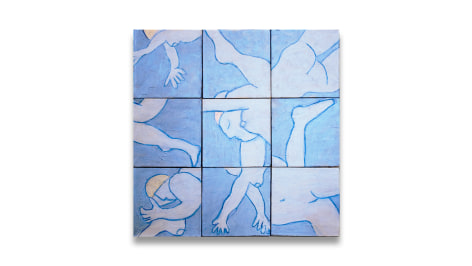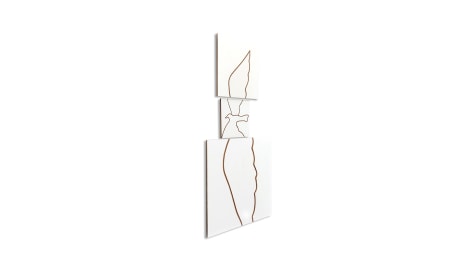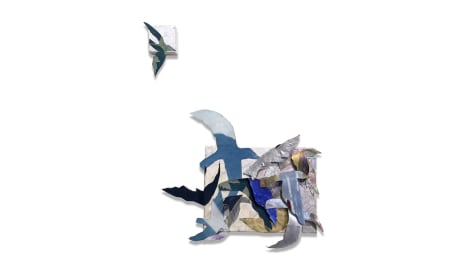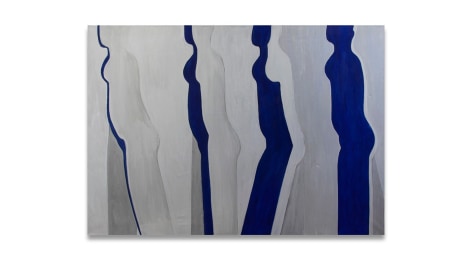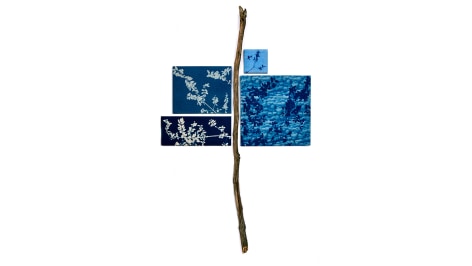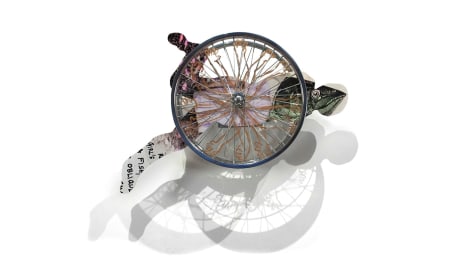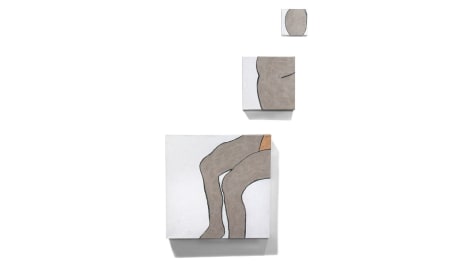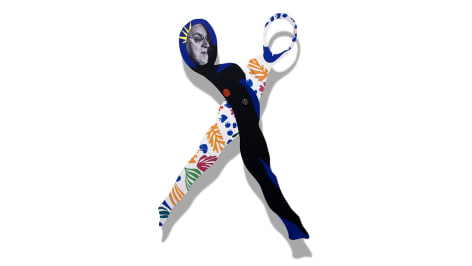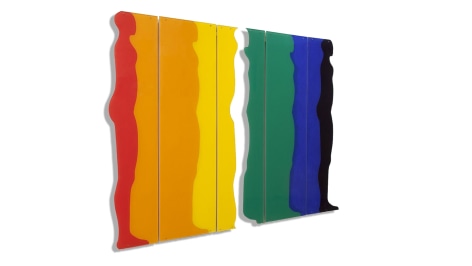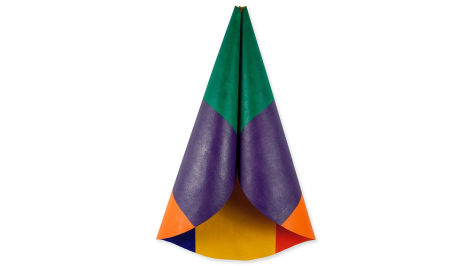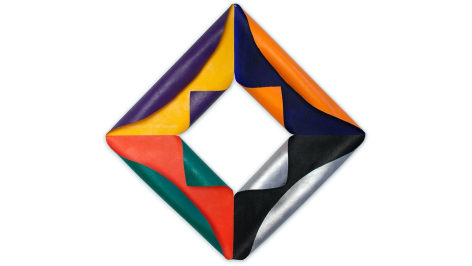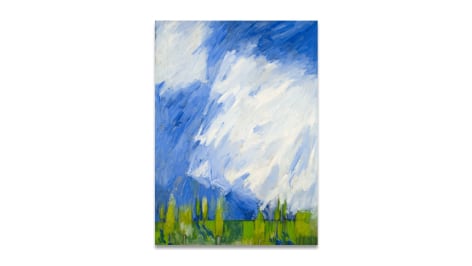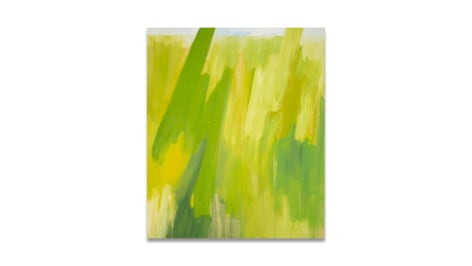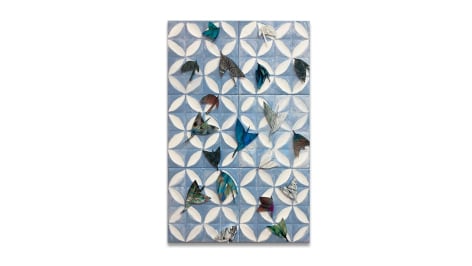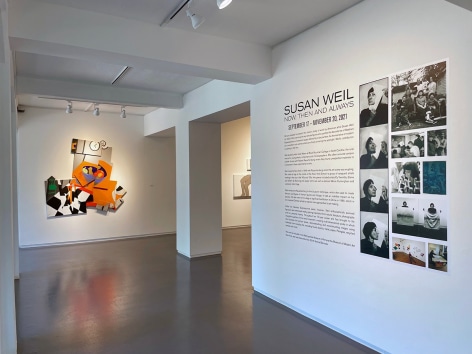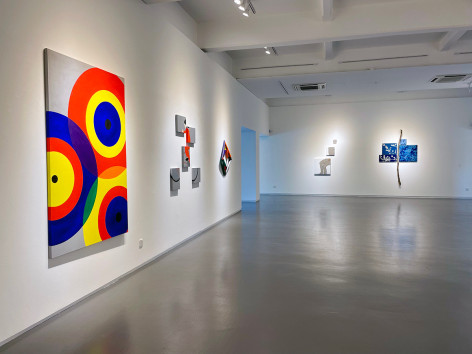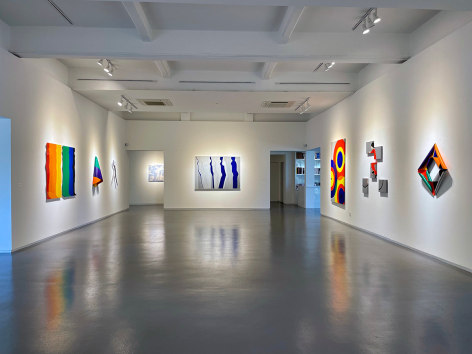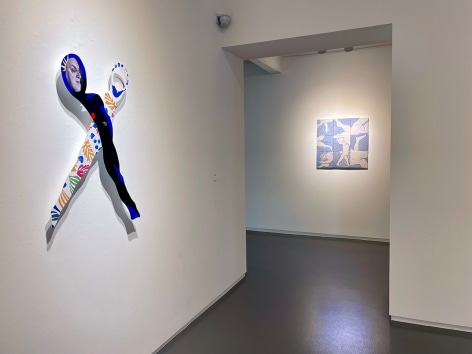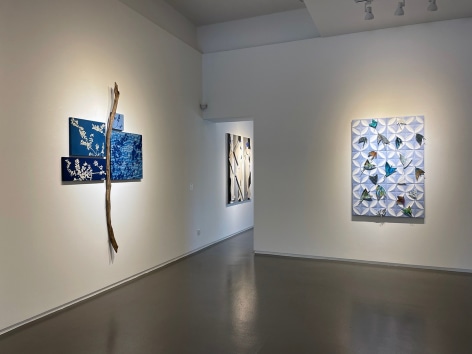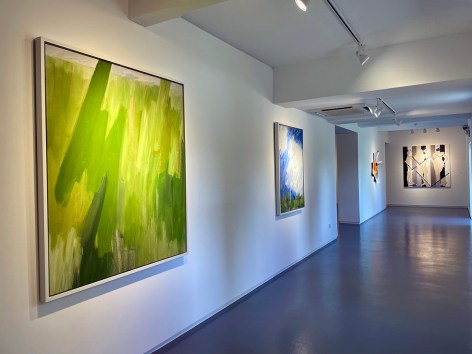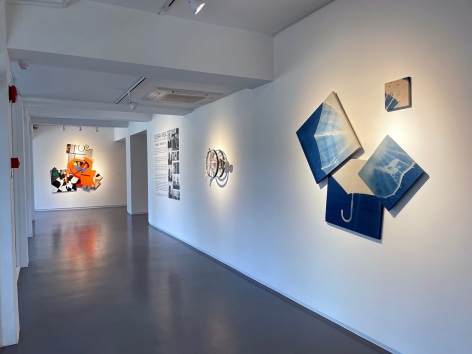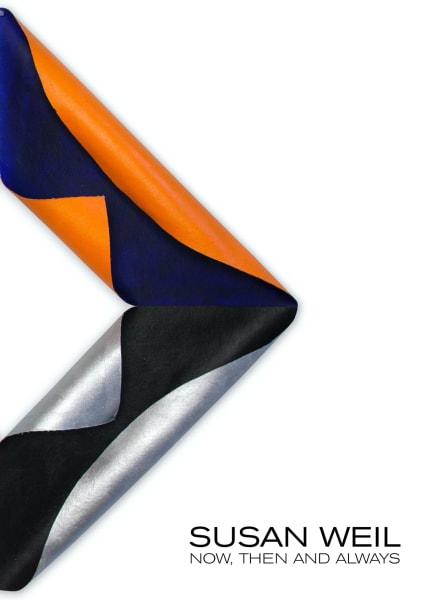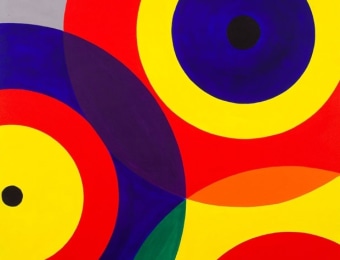
We are pleased to present 70 years of work by celebrated American artist Susan Weil. This exhibition pays tribute to one of the boldest and most inventive artists of the 20th century.
Susan Weil (b. 1930) is among the key female figures who pushed the boundaries of Abstract Expressionism, a movement largely defined by male painters. As the narrative of modern art is rewritten and women artists are finally entering the spotlight, Weil’s contribution is coming to the fore.
Tracing the arc of her seven-decade career, this retrospective features landscapes from the 1960s, iconic blueprints (1949–2020), figurative paintings, series inspired by the natural world and work made this year. Rare archival images will also be on view, offering a window into her practice and the formative years of the New York School in the 1950s.
Although Weil was active in New York during the height of the Abstract Expressionist movement, she was not afraid to pursue figuration and reference reality, gaining inspiration from nature, literature, photographs and her personal history. Throughout her career she has brought to life intangible qualities of time and movement, creating multi-dimensional works in which she fractures the picture plane, deconstructing and reconstructing images. She consistently experiments with materials from everyday life, including found objects, metal, paper, Plexiglas, recycled canvas and wood. The dynamic and playful results are crumpled, cut and refigured compositions that invite viewers to contemplate multiple perspectives at once.
SUSAN WEIL AND THE NEW YORK SCHOOL
Weil studied under Josef Albers at Black Mountain College in North Carolina, the rural mecca for young artists, composers and choreographers. She often scoured campus rubbish dumps with Robert Rauschenberg where they found unexpected materials to incorporate in their experimental works. “It was very revolutionary. Black Mountain put together creative people from all the fields,” recalls Weil, who studied painting but also explored dance and poetry. “We’d sit around in the big dining hall and talk about different things we were working on. It was great sharing. We participated in all different mediums.”
Weil moved to New York in 1949 with Rauschenberg when the art scene was erupting. She came of age at the center of the New York School—a group of vanguard artists working in the city in the ’40s and ’50s—known for its eclectic cultural influences and interdisciplinary collaboration. Her peers included artists Cy Twombly, Elaine and Willem de Kooning and Jasper Johns as well as dancer Merce Cunningham and composer John Cage.
While the New York School consisted largely of American artists, their impact was international in scope. Weil was a key figure among this group of artist-pioneers whose experimentation with unusual materials and techniques would later influence artists across the globe. When she introduced Rauschenberg to the blueprint technique, which she used to create life-size cyanotypes of human figures and foliage, it had an indelible impact on his practice. He later went on to stage a significant exhibition featuring work in China in 1985, which in turn inspired Chinese artists to explore new approaches to art-making.
Highlights of this retrospective include Weil’s little-seen early painterly landscapes, pieces she’s made in the last two years and striking figurative works. Her characteristic nebulous human forms are one of the themes she has returned to again and again and still explores today, namely, time expressed abstractly and in relation to nature and the figure in movement.
“I’ve spent a lifetime working,” says the 91-year-old Weil. “It’s been both a serious and a joyful journey and I have no intention of slowing down.”
ABOUT SUSAN WEIL
Notable exhibitions of Weil’s work include Frontiers Reimagined, a collateral event of the 56th Venice Biennale; Bauhaus and America: Experiments in Light and Movement at the LWL-Museum für Kunst und Kultur, Germany; and Leap Before You Look: Black Mountain College 1933-1957, which premiered in 2015 at the Institute of Contemporary Art, Boston, and then traveled to the Hammer Museum, Los Angeles and the Wexner Center for the Arts at Ohio State University, Columbus. Her work was also shown in James Joyce: Shut Your Eyes and See at the Poetry Collection, University at Buffalo, New York; and in Our Own Work, Our Own Way, at The Johnson Collection, Spartanburg, South Carolina, 2020.
Weil is the recipient of a John Simon Guggenheim Memorial Foundation Fellowship and a National Endowment for the Arts Fellowship. Her work is included in the Metropolitan Museum of Art and the Museum of Modern Art, New York; the Victoria & Albert Museum, London; the J. Paul Getty Museum, Los Angeles; Malmö Konstmuseum, Malmö, Sweden; and the Menil Collection, Houston, Texas. In 2010, Skira Editore published Susan Weil: Moving Pictures, a comprehensive monograph documenting her large and diverse body of art, livres d’artistes and poetry.
Susan Weil was born in New York in 1930 and lives and works in New York.

